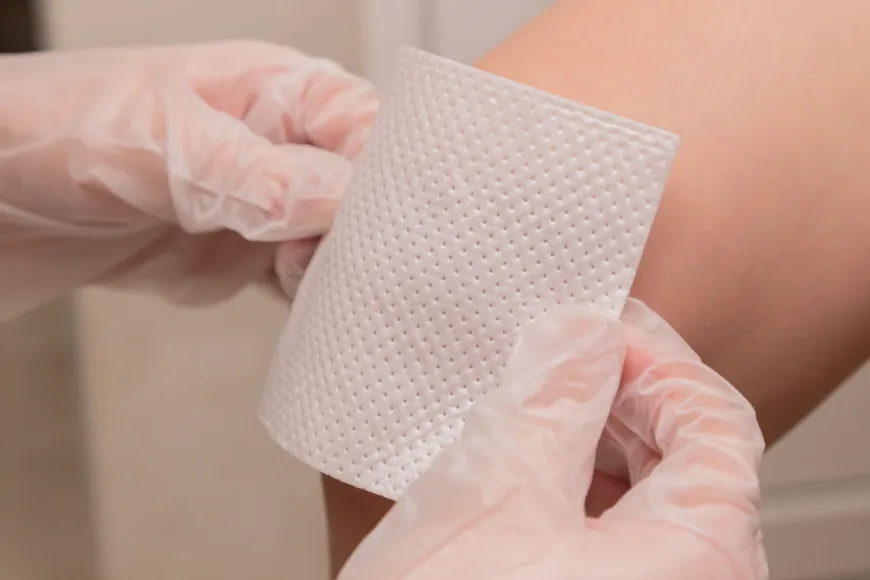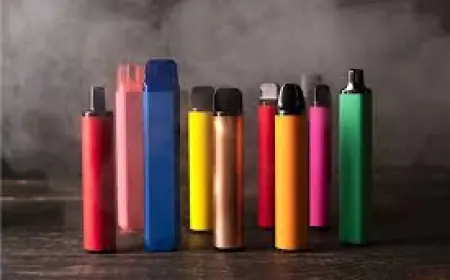Skin Substitutes: Innovative Solutions for Wound Healing
Skin substitutes are products made from natural or synthetic materials that are used to cover wounds and promote healing

In the world of modern medicine, skin substitutes have emerged as transformative tools in wound healing and reconstruction. These advanced biologic materials are designed to mimic the structure and function of human skin, offering a vital solution for patients with severe wounds, burns, and other skin-related injuries. Unlike traditional wound dressings, skin substitutes provide a more comprehensive approach to healing by promoting tissue regeneration and restoring skin integrity. As healthcare continues to evolve, the role of skin substitutes becomes increasingly significant in improving patient outcomes and enhancing the quality of life.
Understanding Skin Substitutes
Skin substitutes are products made from natural or synthetic materials that are used to cover wounds and promote healing. They come in various forms, each tailored to meet specific needs based on the type of wound, its severity, and the patient's overall health. The primary purpose of these substitutes is to provide a temporary or permanent barrier while facilitating the body's natural healing processes.
Skin substitutes can be categorized into two main types: temporary and permanent. Temporary skin substitutes are designed to cover wounds for a limited time, allowing the underlying tissue to heal before being replaced or integrated with the body. Permanent skin substitutes, on the other hand, are intended to remain in place long-term, providing a lasting solution for chronic wounds or skin defects.
Types of Skin Substitutes
Several types of skin substitutes are available, each with unique properties and applications. Here are some of the most common categories:
1. Biologic Skin Substitutes
Biologic skin substitutes are derived from human or animal tissues. They are often used for their compatibility with the human body, which reduces the risk of rejection. Some examples include:
-
Allografts: These are skin grafts taken from deceased human donors. Allografts are used primarily in burn treatment and chronic wound management. They provide temporary coverage that promotes healing and can be replaced with permanent grafts as needed.
-
Xenografts: Derived from animal skin (often porcine), xenografts serve as temporary dressings for wounds and burns. They help create a moist healing environment and reduce pain while allowing the underlying tissue to heal.
-
Amniotic Membrane Grafts: Amniotic membranes, sourced from placental tissue, have anti-inflammatory and antimicrobial properties. They promote healing and are commonly used in ophthalmic and wound care applications.
2. Synthetic Skin Substitutes
Synthetic skin substitutes are man-made materials designed to mimic the properties of human skin. These substitutes offer several advantages, including consistency, reduced risk of disease transmission, and availability. Some examples include:
-
Collagen-based products: Collagen, a key structural protein in the skin, is often used in synthetic skin substitutes. These products support cell growth and tissue regeneration, making them suitable for various wound types.
-
Polymeric matrices: These materials are designed to provide a scaffold for new tissue formation. They can be used for both temporary and permanent applications, depending on the formulation and intended use.
-
Hydrogel dressings: Hydrogel substitutes are designed to maintain moisture in the wound environment while providing a barrier against infection. They are particularly useful for managing partial-thickness wounds and ulcers.
Advantages of Skin Substitutes
The use of skin substitutes offers numerous benefits in the treatment of wounds and skin injuries:
-
Enhanced Healing: Skin substitutes provide a conducive environment for healing, supporting the body's natural processes and promoting tissue regeneration.
-
Reduced Infection Risk: By covering the wound and acting as a barrier, skin substitutes help prevent infection, a significant concern in wound management.
-
Improved Cosmetic Outcomes: Many skin substitutes are designed to blend seamlessly with surrounding skin, reducing scarring and improving the overall aesthetic appearance of the healed area.
-
Reduced Pain: The application of skin substitutes can alleviate pain associated with open wounds, enhancing the patient's comfort during the healing process.
-
Versatility: Skin substitutes can be used in various settings, including acute and chronic wounds, surgical sites, and cosmetic procedures.
Applications of Skin Substitutes
Skin substitutes play a crucial role in various medical scenarios:
-
Burn Treatment: Severe burns often require extensive wound management. Skin substitutes provide temporary coverage and support for healing, allowing for better recovery outcomes.
-
Chronic Wounds: Patients with diabetes or vascular issues may develop chronic wounds that are difficult to heal. Skin substitutes offer an innovative solution, stimulating healing in non-responsive areas.
-
Surgical Reconstruction: In cases of trauma or surgical excision (e.g., tumor removal), skin substitutes can be used to cover the defect, enhancing the healing process and improving the cosmetic result.
-
Dermatological Conditions: Skin substitutes can be utilized in treating conditions like skin ulcers, pressure sores, and other dermatological issues where traditional methods may fall short.
Challenges and Considerations
While skin substitutes offer significant benefits, there are also challenges and considerations associated with their use:
-
Cost: Many advanced skin substitutes can be expensive, potentially limiting access for some patients or healthcare facilities.
-
Rejection and Allergic Reactions: Although biologic substitutes are generally well-tolerated, there is still a risk of rejection or allergic reactions, particularly with xenografts or allografts.
-
Training and Expertise: Proper application and management of skin substitutes require skilled healthcare professionals. Training and education are essential to ensure optimal outcomes.
-
Individual Patient Factors: Each patient is unique, and factors such as age, overall health, and wound characteristics can influence the effectiveness of skin substitutes.
Conclusion
Skin substitutes represent a significant advancement in wound care, offering innovative solutions for patients with complex wounds and skin injuries. Their ability to enhance healing, reduce infection risk, and improve cosmetic outcomes makes them an invaluable resource in modern medicine. As the field continues to evolve, ongoing research and development are essential to refine these products and expand their applications.
At Life Biologics, we are dedicated to advancing the science of skin substitutes and providing healthcare professionals with innovative solutions to improve patient care. By focusing on cutting-edge technologies and evidence-based practices, we aim to support effective wound healing and enhance the quality of life for those facing challenging skin conditions.
What's Your Reaction?
 Like
0
Like
0
 Dislike
0
Dislike
0
 Love
0
Love
0
 Funny
0
Funny
0
 Angry
0
Angry
0
 Sad
0
Sad
0
 Wow
0
Wow
0



















































